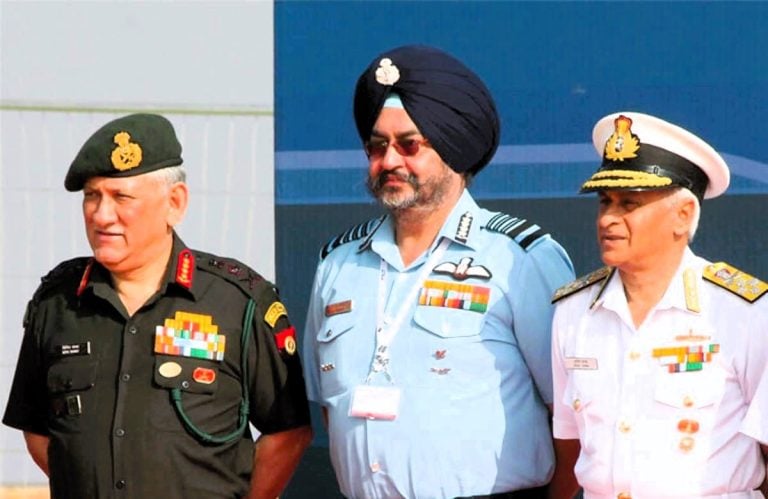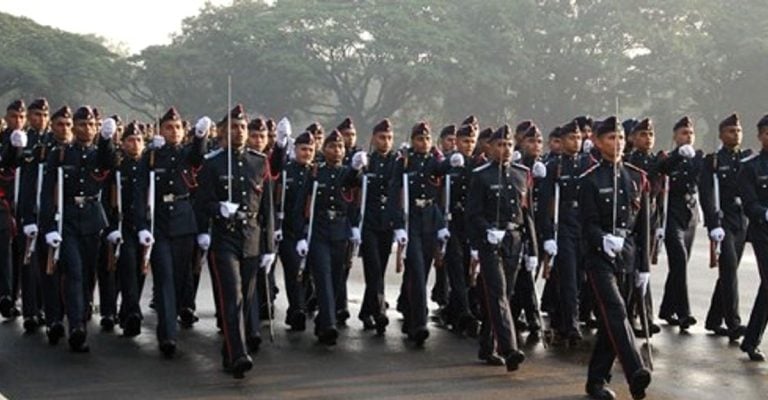The Ministry of Defence in India plays a pivotal role in safeguarding the nation’s security and strategic interests. With its multifaceted responsibilities, complex organizational structure, and ongoing initiatives, the ministry is at the forefront of ensuring national defense capabilities. This article delves into the key aspects of the Ministry of Defence in India.
CDS 1 2024 Ministry of Defence Lecture
Responsibilities of the Ministry of Defence:
The primary responsibility of the Ministry of Defence is to formulate policies related to the defense and security of India. This includes strategic planning, budgetary allocations, defense procurement, and coordination with the armed forces. The ministry is also tasked with promoting indigenous defense production, modernizing the armed forces, and fostering international defense cooperation.
Structure of the Ministry:
The Ministry of Defence is structured into various departments and organizations to efficiently manage its diverse functions. These include:
- Department of Defence: Responsible for policy formulation, defense planning, and budgetary matters.
- Department of Defence Production: Focuses on promoting indigenous defense manufacturing, technology transfer, and private sector participation.
- Department of Defence Research and Development: Oversees research, development, and innovation in defense technologies.
- Department of Ex-Servicemen Welfare: Addresses the welfare and rehabilitation of ex-servicemen and their families.
- Integrated Defence Staff (IDS): Facilitates jointness and integration among the three branches of the armed forces (Army, Navy, Air Force).
Initiatives and Modernization Efforts:
The Ministry of Defence has undertaken several initiatives to enhance India’s defense capabilities and modernize its armed forces. These initiatives include:
- Make in India in Defence: Encouraging domestic defense production through the “Make in India” initiative to reduce dependency on imports and promote self-reliance.
- Defence Procurement Procedure (DPP): Regularly updating procurement guidelines to streamline the acquisition process, promote transparency, and ensure timely delivery of defense equipment.
- Strategic Partnerships: Forming strategic partnerships with domestic and international defense industries to facilitate technology transfer, joint ventures, and collaborative projects.
- Defence Research and Development: Investing in cutting-edge research and development projects to develop advanced defense technologies, including drones, missile systems, and cyber capabilities.
- Modernization of Armed Forces: Upgrading military hardware, enhancing operational readiness, and training personnel to meet evolving security challenges.
Challenges and Future Directions:
Despite significant strides, the Ministry of Defence faces challenges such as budget constraints, bureaucratic hurdles, and the need for continuous innovation. Future directions for the ministry include:
- Enhancing defense budget allocations to support modernization and capacity building.
- Strengthening cybersecurity and space capabilities to address emerging threats.
- Promoting jointness and interoperability among the armed forces for seamless coordination.
- Leveraging emerging technologies such as artificial intelligence, quantum computing, and unmanned systems for defense applications.
In conclusion, the Ministry of Defence in India plays a crucial role in safeguarding national security and advancing defense capabilities. Through strategic policies, modernization initiatives, and collaborative efforts, the ministry aims to ensure a robust defense posture to meet present and future challenges effectively.


















